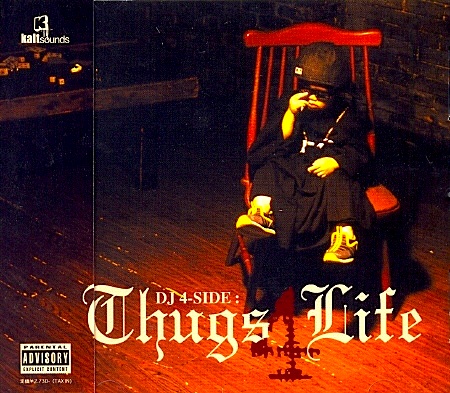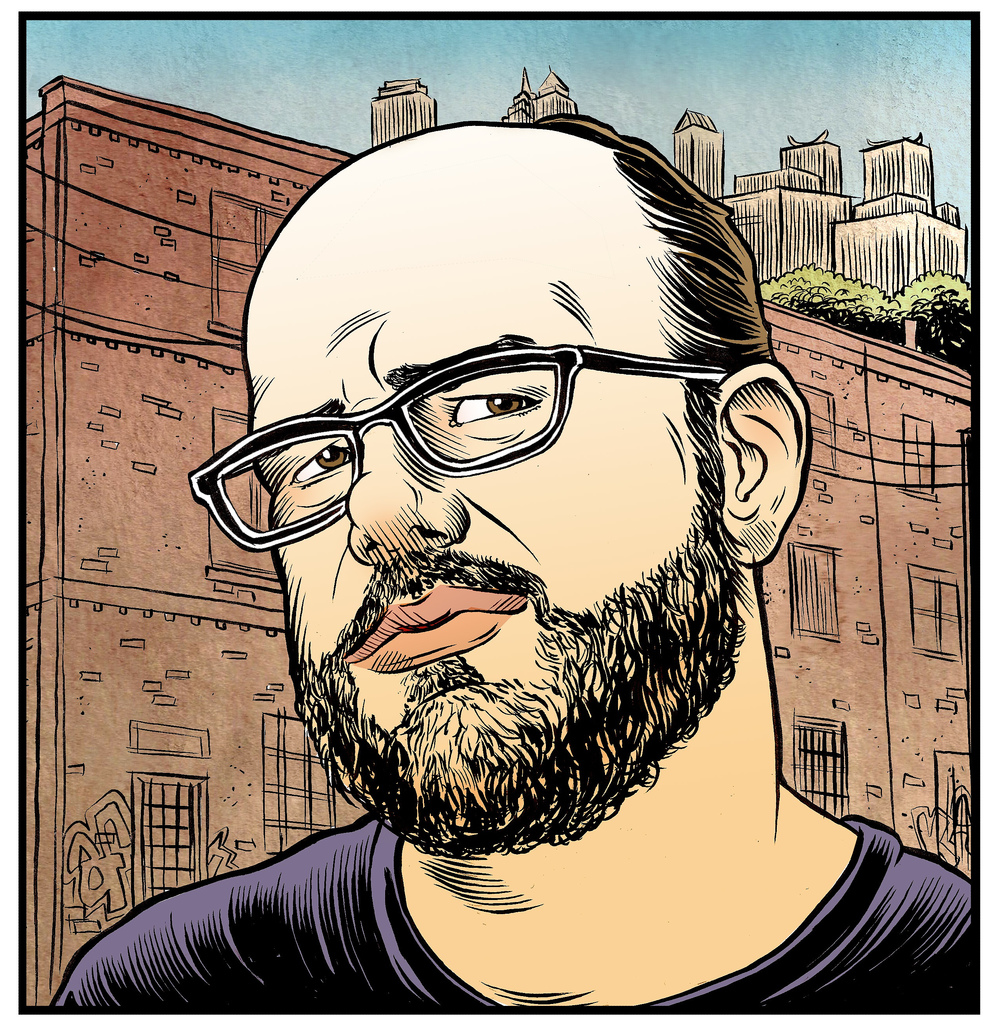
 BY JEFF DEENEY “Today I saw…” is a series of nonfiction shorts based on my experiences as a caseworker serving formerly homeless families now living in North and West Philadelphia. I decided not long after starting the job that I was seeing so many fascinating and disturbing things in the city’s poorest neighborhoods that I needed to start cataloging them. I hope this bi-weekly column serves as a record of a side of the city that many Philadelphians don’t come in contact with on a daily basis. I want to capture moments not frequently covered by the local media, which tends to only cover the most fantastically violent or sordid aspects of life there.
BY JEFF DEENEY “Today I saw…” is a series of nonfiction shorts based on my experiences as a caseworker serving formerly homeless families now living in North and West Philadelphia. I decided not long after starting the job that I was seeing so many fascinating and disturbing things in the city’s poorest neighborhoods that I needed to start cataloging them. I hope this bi-weekly column serves as a record of a side of the city that many Philadelphians don’t come in contact with on a daily basis. I want to capture moments not frequently covered by the local media, which tends to only cover the most fantastically violent or sordid aspects of life there.
TODAY I SAW a dozen young thugs sprawled out on the uncomfortable chairs in the waiting room outside Courtroom #2, where I was directed to sit and wait until called to the witness stand by the District Attorney. The room was quiet and sparsely populated, only me and a few others waiting in the three rows of chairs lined up in front of the court administrator’s desk and against the far walls. The thugs — and make no mistake, these guys wear that designation as a badge of honor — were queued up to get their 2-minute legal conference in the hallway with the public defender, a heavy-set young woman with long brown hair that matched her pantsuit. One by one she led them from the room, and after speaking to them, briefly took them before the judge. Two seats over from me was a Latin kid with a wispy goatee and cocked White Sox baseball cap who had the name “Wanda” tattooed in flowing script on the back of one hand and the name “Nancy” on the back of the other. He kept sliding down in his seat as he fell asleep, until he nearly fell off it and straightened back up.
In the row behind me was a white boy with a crooked Celtic cross tattooed on his right ankle; he wore an oversize white tee, basketball shorts and sport sandals with black gym socks. He read a copy of the Daily News. Courthouse thug kids seem to favor the Daily News — there were many discarded copies of the paper on the empty seats around me.
Another white boy put his headphones on and started blasting Eminem. He looked around the room after he hit play to make sure everyone could hear it. This kid actually attempted to dress for court, wearing a white short-sleeved button-down that was tucked into a set of Docker khakis. Next to him was a Latin man in a matching fire-engine red shirt and slacks, with slip-on gators and a lot of jewelry. I wondered if that was his going to court outfit or if maybe he always dresses that way.
In and out of the courtroom they went, followed by the public defender and the lawyers from the DA’s office. I tried repeatedly to get the attention of the young black woman in the navy suit who gave me my subpoena but was ignored. The court recessed for 10 minutes, and the morning crawled ahead like it was coated in molasses. I raided the metal bin where they keep DHS coloring books that teach kids about social workers, and Bible tracts that predict The Rapture. I found six months’ worth of Fortune magazine and flipped through each one.
Finally, after a four-and-a-half-hour wait, a different young attorney from the DA’s office approached me. She had straight black hair, ghostly pale skin and an oddly froggy voice.
“Who are you? Are you waiting for something?”
“I’m here because you asked me to be here. I’ve been here all morning. I’m supposed to provide testimony.”
Recognition flashed in her eyes.
“Right, right. Come with me.”
She led me into the courtroom where the judge’s bench stood empty and the court officers were clearly packing up for the day. At the prosecutor’s desk she flipped through some papers in an open file and then looked up at me.
“Didn’t anyone tell you? We postponed this trial until August.”
“Your colleague called me yesterday afternoon. She told me to be here today. She gave me a subpoena this morning.”
“Well, thank you for coming, but we really don’t need you today. We’ll call you in August.”
[End of Part 2 of 2]
ABOUT THE AUTHOR: Jeff Deeney is a freelance writer who has contributed to the City Paper and the Inquirer. He focuses on issues of urban poverty and drug culture. He is also a caseworker with a nonprofit housing program that serves homeless families.
